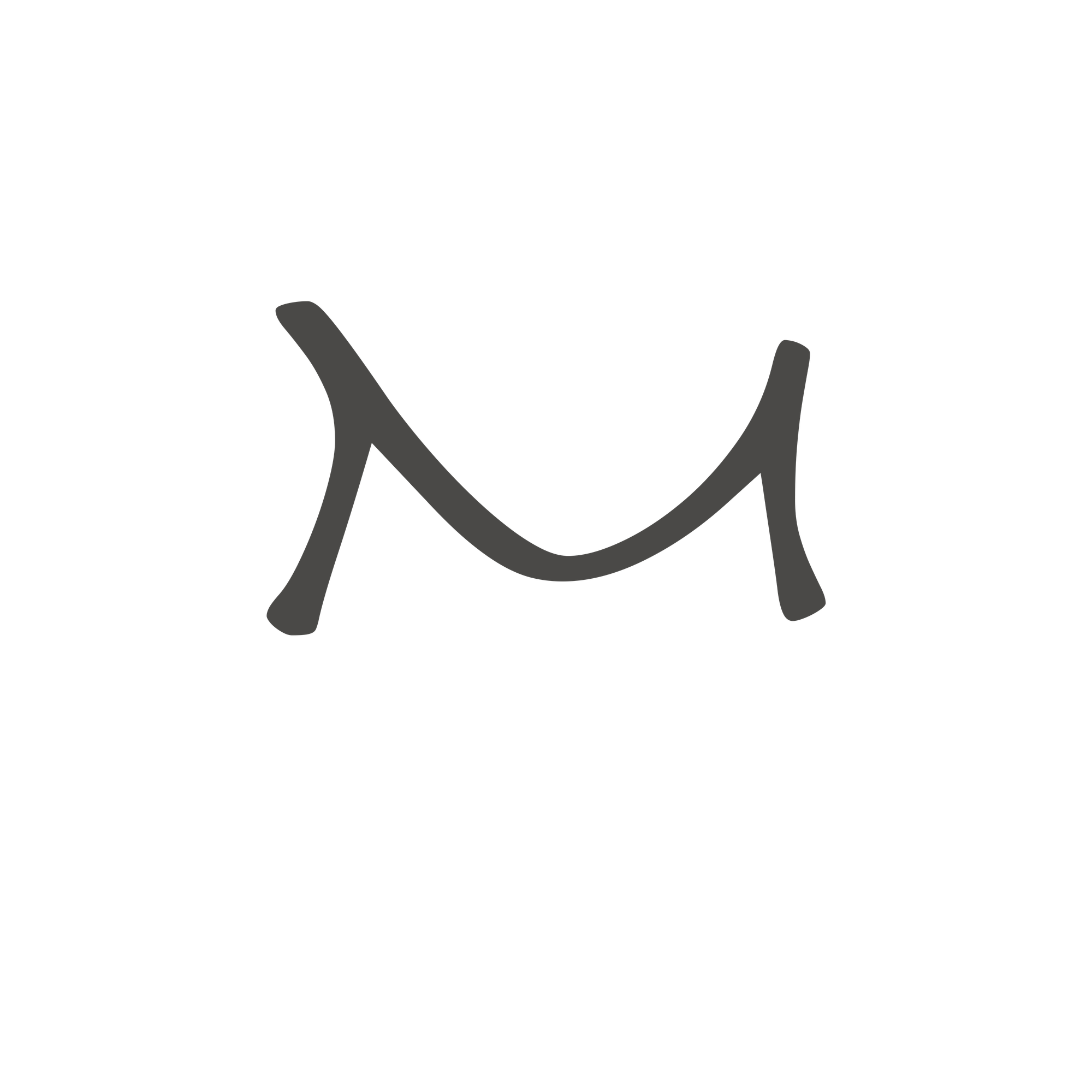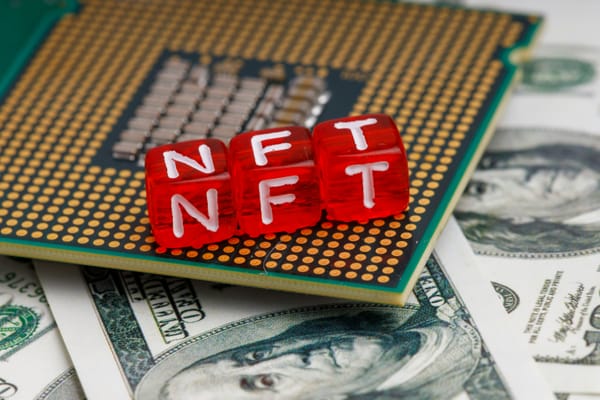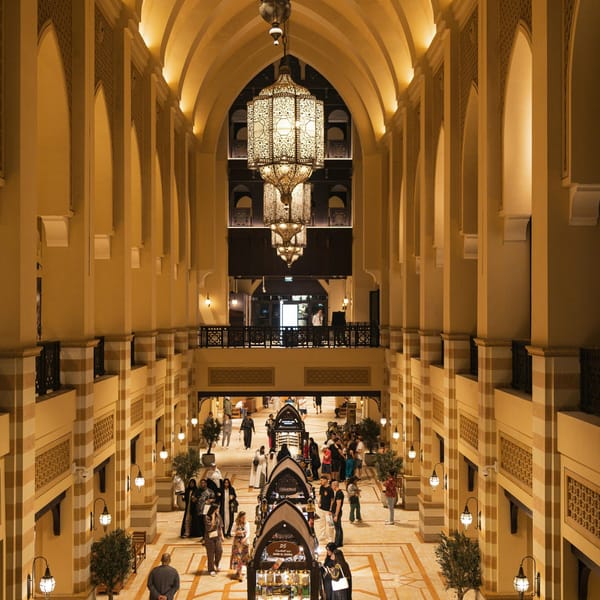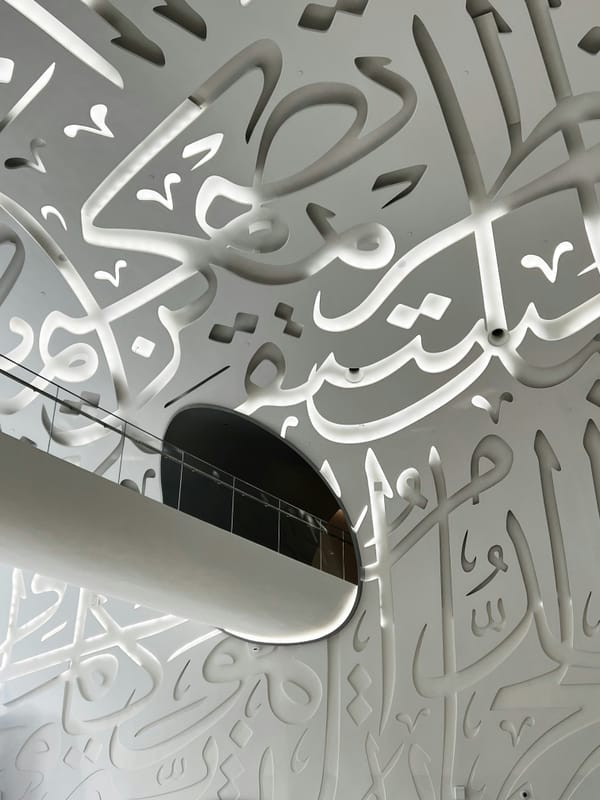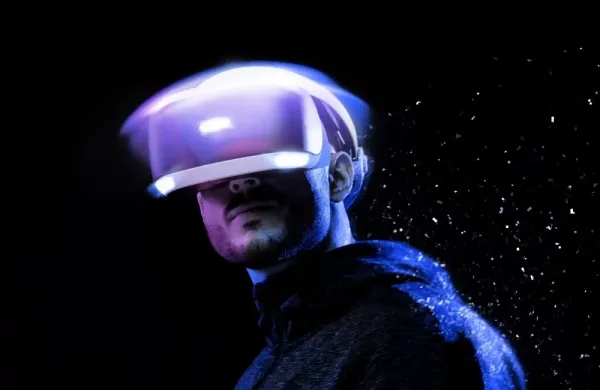NFTs and blockchain are emerging as powerful tools for preserving and re-imagining Middle Eastern culture. By encoding heritage into digital formats, they enable both permanence and accessibility in ways traditional archiving cannot.
Artists are leading this charge. Dubai-based painter Kristel Bechara, the first female Arab artist to mint NFTs, has merged Islamic geometric motifs with digital aesthetics, proving how heritage patterns can be safeguarded on the blockchain while finding new audiences. Similarly, platforms showcased at Art Dubai Digital 2024 highlighted regional artists digitising manuscripts, calligraphy, and architectural forms, underscoring how tradition adapts in the Web3 era.
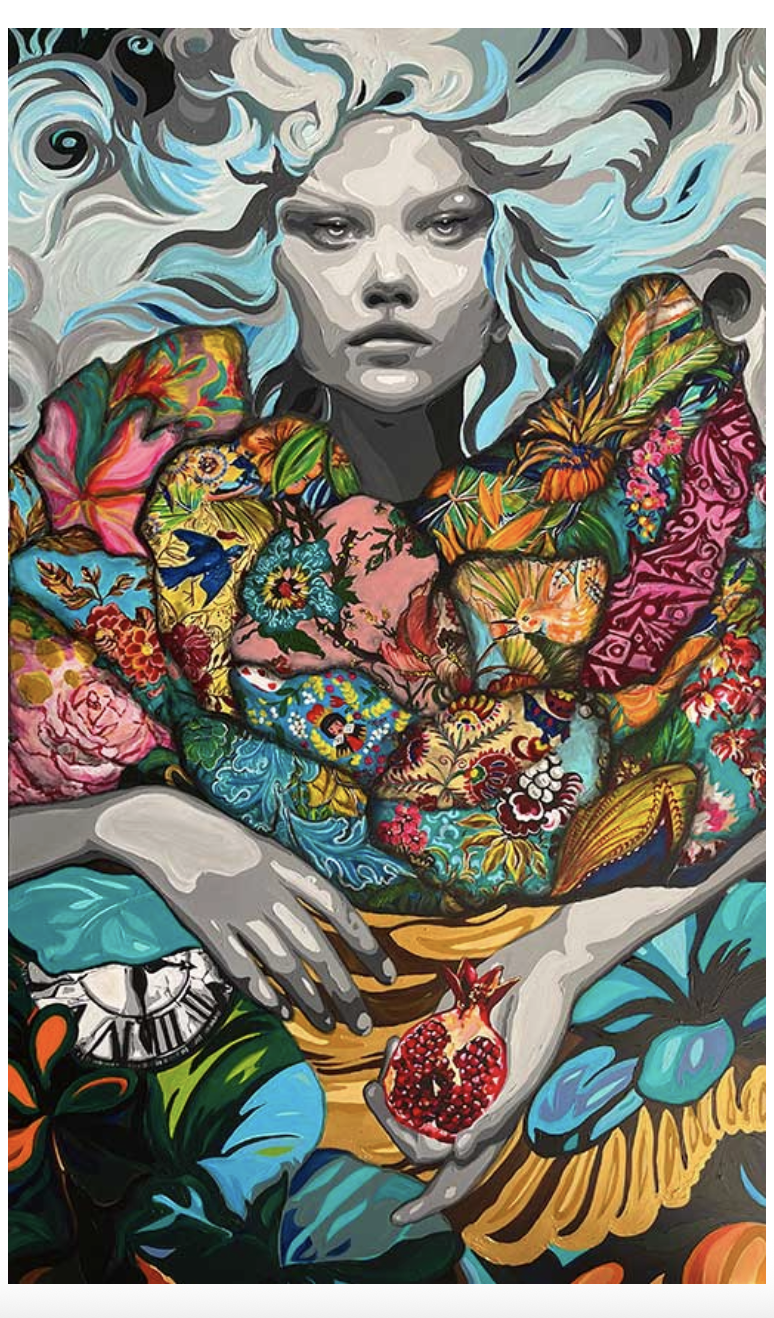
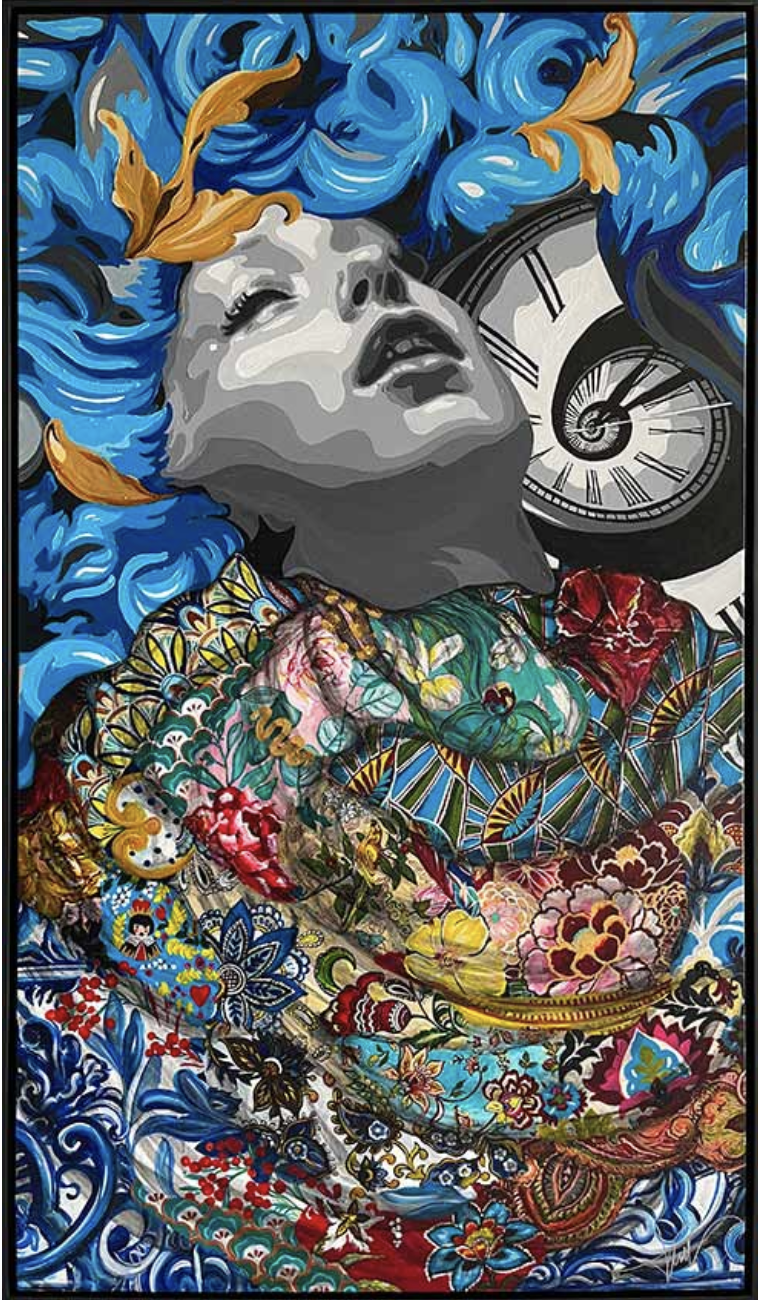
Dubai-based Kristel Bechara's “Heart of Chroma”. Visit https://atelierkristel.com/
The cultural implications extend beyond individual artists. Saudi Arabia's Cultural Development Fund has launched the NFT Art Forum, supporting projects that digitise traditional manuscripts, architectural elements, and craft techniques. These initiatives ensure cultural knowledge remains accessible while creating new revenue streams for contemporary artists.
The market context reinforces this momentum. The Middle East and Africa NFT sector generated an estimated USD 1.86 billion in 2023, with growth projected at 27% annually through 2030, led by the UAE’s adoption of digital assets. Such expansion suggests enduring demand for art that blends cultural narratives with technological innovation.
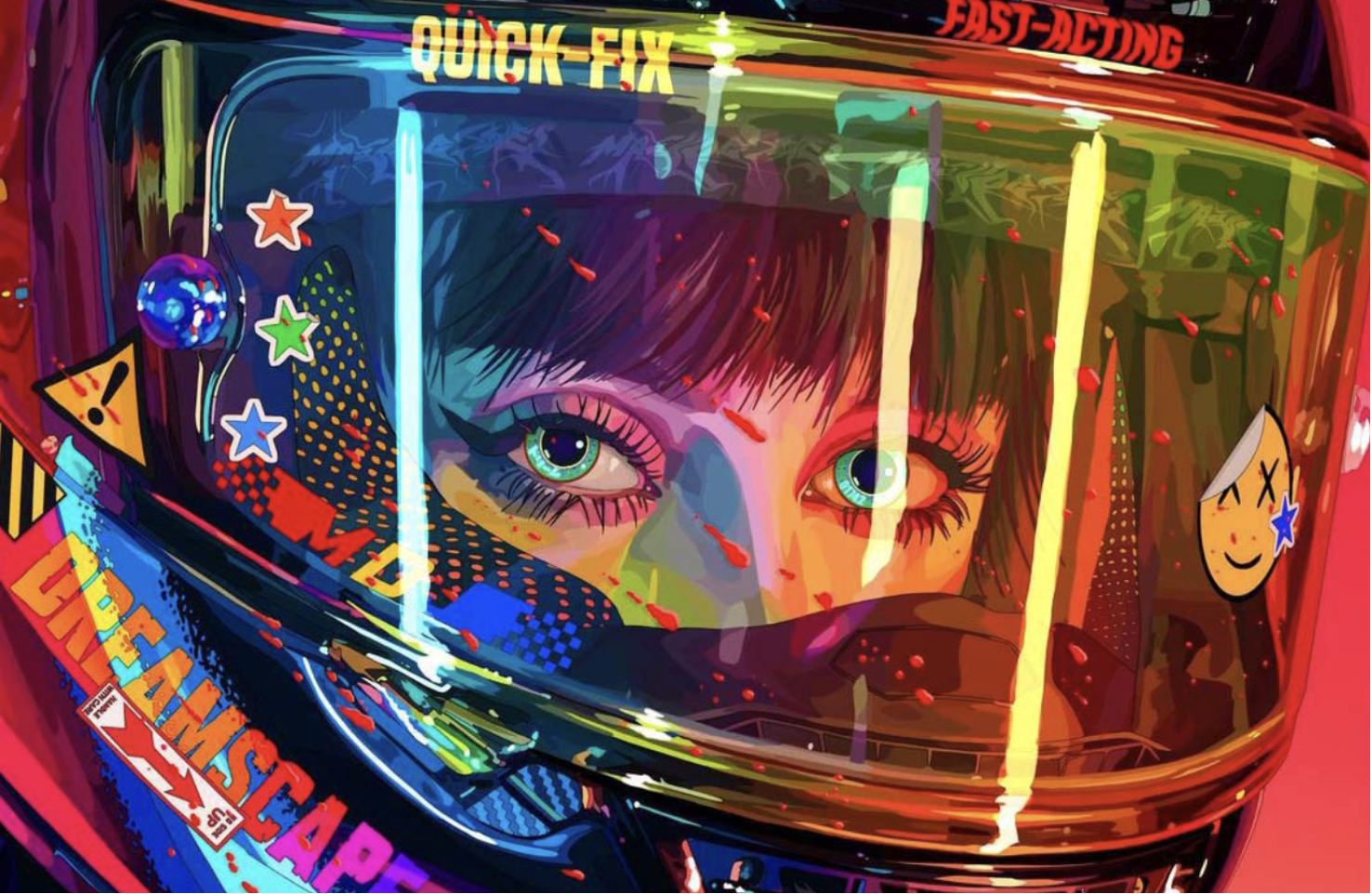
Institutions are beginning to adapt. While Louvre Abu Dhabi has not yet directly utilised blockchain, its investment in digital catalogues demonstrates how museums can open their heritage collections to global audiences — a model that is likely to converge with blockchain authentication in the near future.
NFTs may still be experimental, but in the Middle East, they are already proving to be cultural time capsules, preserving tradition while creating new artistic possibilities.


